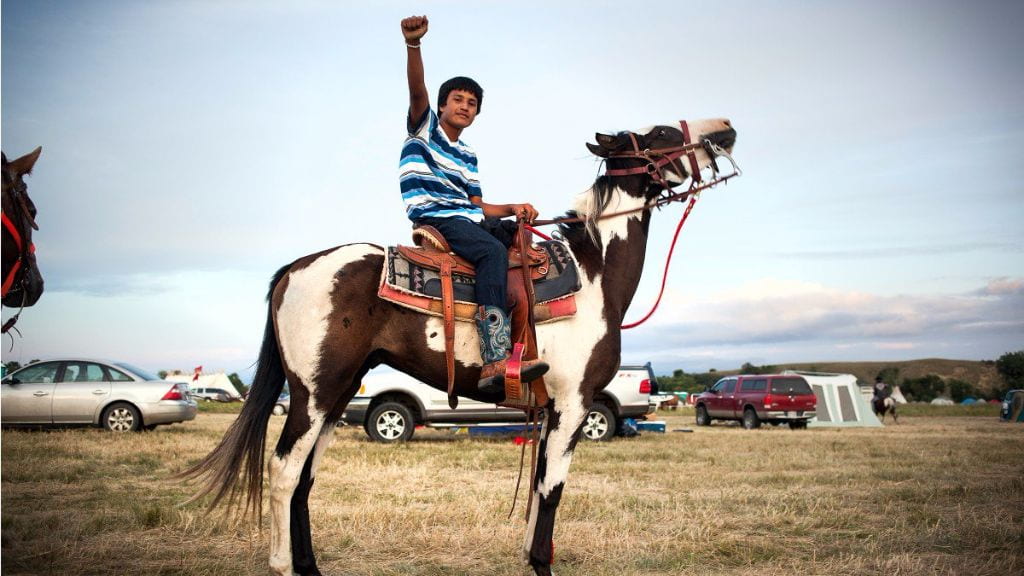BY SEBASTIAN DUNCAN – STAFF WRITER
Depending on who you ask, the Dakota Access Pipeline is either an economic boon or an environmental hazard. Thousands of people have joined camps at the Standing Rock Sioux Reservation in North Dakota to oppose the construction of the pipeline, and daily protests have led to clashes between the protesters and the police.
Many advocacy groups became aware of the proposal for the pipeline in 2014, but tensions have intensified between protesters and the local police department in the past couple of months. Protesters began to form camps at Standing Rock when the U.S. Army Corps of Engineers authorized the construction of Dakota Access Pipeline on July 25, 2016. If it is completed, the pipeline will be 1,100 miles long and will transport crude oil from North Dakota to Illinois.
Several interest groups have joined the protesters’ cause, which was originally started by tribes of Sioux Native Americans. The Sioux claim that the pipeline will cross over sacred burial grounds and archaeological sites. The Sioux are also worried that the pipeline will pollute their main source of water.
Environmentalists have also joined protests against the Dakota Access Pipeline at Standing Rock. Their primary concern is fossil fuel emissions. Environmental activists say that the pipeline, which will transport 570,000 barrels of crude oil a day, will increase fossil fuel emissions and discourage investments into renewable energy sources.
The local police have been accused of being needlessly violent towards activists. So far, there have been reports of authorities using pepper spray, non-lethal rounds, sound cannons, and attack dogs against protesters. The Morton County Sheriff’s Office claims that police have been forced to react to protesters because they are “a public safety issue.”
The Sheriff’s Office has also been accused of tracking activists on social media sites like Facebook. Protesters have encouraged the public to “check in” at Standing Rock on Facebook so that authorities don’t have accurate records of who is taking part in the protest. So far, 1.4 million people have “checked in” at Standing Rock so that protestors can’t be easily identified.
Many activists have contrasted the way that they have been treated to the recent acquittal of Ammon Bundy and six others. Bundy occupied the Malheur National Wildlife Refuge in early 2016, in protest against federal control of public land. The occupiers were heavily armed, and relations with law enforcement were tense and volatile.
However, on October 27th, Bundy and six others were acquitted of conspiracy charges. Protestors at Standing Rock argue that their actions are not as extreme as using an armed militia to occupy federal land, and the Sioux believe that they are peacefully defending land that is rightfully theirs. Many activists claim that they are being treated much more harshly than Bundy and other occupiers, although they are behaving more peacefully.
Police responses to protesters at Standing Rock have not been entirely unprovoked, however. Protesters have thrown rocks at authorities and fired shots in the direction of officers.
However, many believe that riot police officers have taken their crowd control tactics too far, and that most protesters have not done anything to provoke violence.

